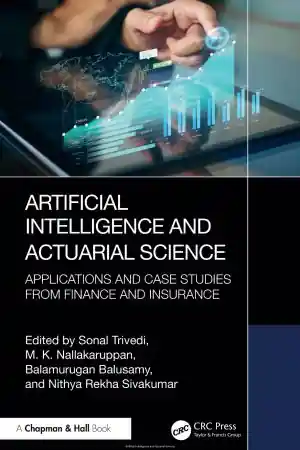
Frontiers in Massive Data Analysis
- Length: 190 pages
- Edition: 1
- Language: English
- Publisher: National Academies Press
- Publication Date: 2013-09-17
- ISBN-10: 0309287782
- ISBN-13: 9780309287784
- Sales Rank: #3204130 (See Top 100 Books)
Data mining of massive data sets is transforming the way we think about crisis response, marketing, entertainment, cybersecurity and national intelligence. Collections of documents, images, videos, and networks are being thought of not merely as bit strings to be stored, indexed, and retrieved, but as potential sources of discovery and knowledge, requiring sophisticated analysis techniques that go far beyond classical indexing and keyword counting, aiming to find relational and semantic interpretations of the phenomena underlying the data.
Frontiers in Massive Data Analysis examines the frontier of analyzing massive amounts of data, whether in a static database or streaming through a system. Data at that scale–terabytes and petabytes–is increasingly common in science (e.g., particle physics, remote sensing, genomics), Internet commerce, business analytics, national security, communications, and elsewhere. The tools that work to infer knowledge from data at smaller scales do not necessarily work, or work well, at such massive scale. New tools, skills, and approaches are necessary, and this report identifies many of them, plus promising research directions to explore. Frontiers in Massive Data Analysis discusses pitfalls in trying to infer knowledge from massive data, and it characterizes seven major classes of computation that are common in the analysis of massive data. Overall, this report illustrates the cross-disciplinary knowledge–from computer science, statistics, machine learning, and application disciplines–that must be brought to bear to make useful inferences from massive data.
Table of Contents
Chapter 1 Introduction
Chapter 2 Massive Data in Science, Technology, Commerce, National Defense, Telecommunications, and Other Endeavors
Chapter 3 Scaling the Infrastructure for Data Management
Chapter 4 Temporal Data and Real-Time Algorithms
Chapter 5 Large-Scale Data Representations
Chapter 6 Resources, Trade-offs, and Limitations
Chapter 7 Building Models from Massive Data
Chapter 8 Sampling and Massive Data
Chapter 9 Human Interaction with Data
Chapter 10 The Seven Computational Giants of Massive Data Analysis
Chapter 11 Conclusions
Appendix A: Acronyms
Appendix B: Biographical Sketches of Committee Members







